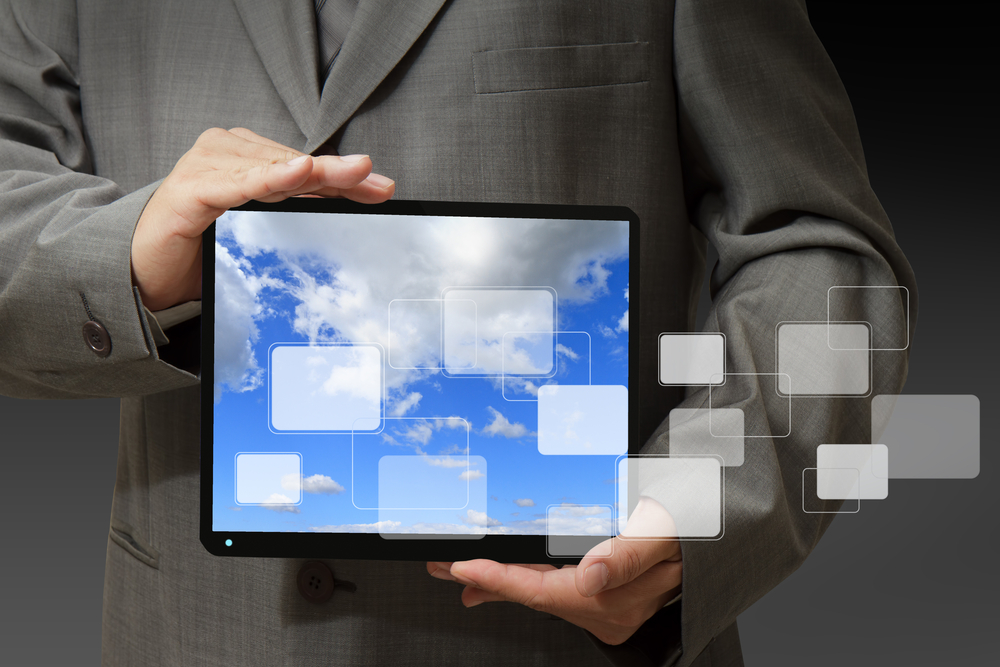How Desktop Virtualization Frees Your Mobile Users

Bring your own device (BYOD) is a key concept that is driving productivity in business. When users are permitted to use personal mobile device at work, productivity is increased and engagement improves, and the business invests in fewer devices for its workforce. In addition, the help desk need not maintain pool devices that are prone to loss and damage.
The challenge of BYOD is to ensure users can access the data they need regardless of the platform they’re using.One common way to leverage the potential of BYOD is to virtualise your users’ desktops using desktop-as-a-service (DaaS). Each user’s virtual machine can be accessed in a variety of ways, including from their own device. Desktop virtualization solutions from Dell shift the processing power from the end user to the server, allowing the delivery of the same desktop experience no matter how the user accesses it.
ROI From DaaS
If a large proportion of your workforce works remotely, or needs access to their data outside the office, DaaS will offer significant benefits. When a user logs on to their desktop computer remotely, they can work as though they were sitting at their Windows PC.
There are some obvious caveats to mobile virtualization. One key challenge is screen size. Users will generally find that their virtual desktop is easier to use on larger touch screens.
DaaS Flexibility
As well as using a desktop on a mobile device, DaaS offers other benefits. For example, desktop virtualization software enables access to Windows applications from an Apple Mac laptop, for example, with a completely seamless experience.
By virtualizing, you also make your system administrators’ jobs a lot easier, since they can control data more efficiently. Rather than monitoring, patching and repairing hundreds of computers to keep the company online, their primary concern is the maintenance and backup of the virtual desktops. The hardware, although important, is not as critical as it once was, and there are fewer opportunities for data to be lost, stolen or destroyed.
Using Virtualization Solutions Effectively
Choosing the right virtualization software is essential if your BYOD policy is to succeed, and you also need to recognise the challenges you face in a correct implementation of BYOD. That means:
- Controlling access with adequate security measures.
- Ensuring users can access data on their mobile device without usability problems.
- Issuing guidance on the correct use of personal devices.
- Managing and monitoring devices remotely.
- Asking users to agree to your policy for the correct use of data and devices.
Overcoming these challenges is part of making DaaS work, and every business’ experience will be slightly different. But with the guidance of your Dell representative, you can ensure your DaaS solution gives your mobile users the freedom they need to get on with their work – no matter where they might be.
For more information about Dell desktop virtualization, visit the Dell website. From affordable network storage to enterprise cloud solutions, your Dell representative is ready to assist.




